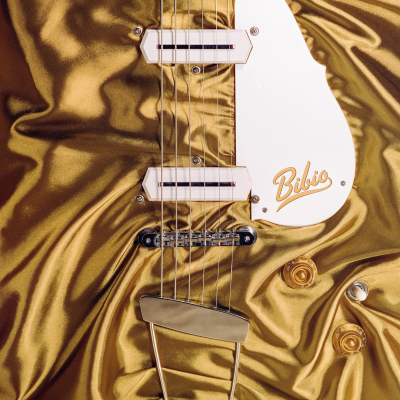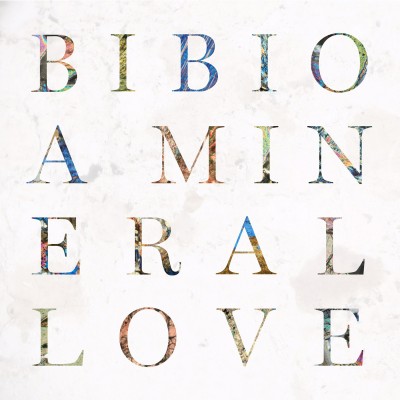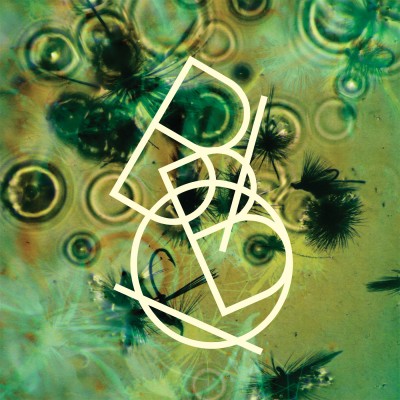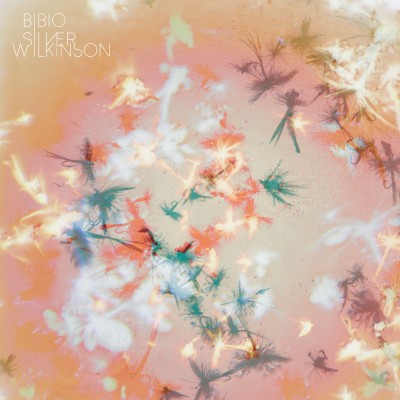“Bokeh is a Japanese word,” explains British artist-composer Stephen Wilkinson, a/k/a Bibio, in reference to Mind Bokeh, his second full-length disc for Warp. “The word from which it originated, boke, means blur or haze. Bokeh with an ‘h’ on the end, however, is more specific to photography; it’s the out-of-focus region of a picture. If you got a person’s head in the foreground and you were to focus on that, the background would be blurred and that would be referred to as bokeh. Photographers and lens manufacturers, particularly Japanese ones, are obsessed with bokeh, because the creaminess of the blur and its relationship to the focused subject – in particular portrait photography – may enhance the sharp aspects of the photograph, may make the portrait stand out.”
Bokeh is a good analogy for Wilkinson’s newest work, where his alternately dreamy/woozy atmospherics surround ever more confident song craft. Since Wilkinson began his recording career in 2005 on the Mush Records label, he has become especially well-known for his manipulation of analog tape to create evocative audio collages. By incorporating sampled bits, his own field recordings, strummed guitars and burbling synthesizers, he conjured beauty from decay and distortion as he re-recorded the same tracks over and over from one old-school machine to another, “multiplying the wobble and the hiss,” as he puts it. Critics in his homeland praised the pastoral tone of this older material, in which Wilkinson counterbalanced lo-fi electronics with folk-sounding guitar, and often likened his approach to the sound of the late-sixties British folk artists who filtered traditional music through psychedelic rock . As the U.K’s Guardian put it in 2009, “Imagine Aphex Twin fiddling with the back catalogue of the Incredible String Band.” Despite hermetically making all his recordings by himself at home, “in a bedroom without a bed,” Wilkinson remains quite at ease traipsing about the great outdoors, analog recorder in hand. When asked about influences, he’s just as apt to name-check Walt Whitman or Zen scholar Alan Watts as his label-mates Boards Of Canada. (He confesses to having just ordered a copy of Ralph Waldo Emerson’s Nature, so another name may soon be added to this distinguished short list.). His recording-artist moniker, Bibio, is the name of a fly ("a small black and red fly") that his father used when he’d take Wilkinson fishing in Wales.
His naturalist inclinations haven’t diminished, but Wilkinson began to reveal a far wider range on his highly regarded 2009 Warp debut, Ambivalence Avenue, which served as both a link to and evolution of the sound of his three Mush LPs. Pitchfork enthused, “The results are fantastic and diverse…he reveals his abilities to be startlingly vast” the Boston Phoenix declared, “You'll feel as liberated as Bibio sounds here — an artist making a mixtape of himself.” With Mind Bokeh, the mix is even more freewheeling, eclectic, at times ruminative but more often fun, as Wilkinson journeys through a world’s worth of sounds. Says Wilkinson, “If people hear Mind Bokeh and start using the word ‘folk,’ I will wonder which bit they are talking about. It would be unfair really to summarize the album as any kind of genre, anyway. ‘Electronic’ is the only kind of umbrella it could fit under. One track is a straight forward rock track, and there are ambient moments, hip-hop kind of moments, dance-y kind of moments. I’m not saying it’s genre-less, but it incorporates a lot of genres. Ambivalence Avenue was the start of that; with my Mush stuff, there was more a homogenous aesthetic, which was intentional. The truth is, I’ve always written other styles of music as well. Back then, I used to treat that guitar-folky
sound as Bibio and everything else as a side project. Then I would get challenged by friends, who’d ask, isn’t it all you? I was making Dilla-kind of hip hop and there was acid house, some jungle, a bit of dub step, all these different things. I often used to say, I’m just doing that for fun and Bibio is the serious bit of me. Which is a ludicrous thing, really; it should all be fun, it should all be me. It felt like it was time to let people hear the other facets of what I do, so that’s why Ambivalence Avenue ended up being quite a varied album in style compared to my previous work. This is me right now: I’m the artist who can’t make his mind up about what he is. Or, rather, I made my mind up not to make my mind up.”
Though the title track of Mind Bokeh has a lying-down-in-the-grass pensiveness, there is a playful urban swagger to some of these tracks, particularly on the wah-wah pedaled disco groove of “Light Seep” and the glitched-up tribute to seventies-era Philly soul of “Anything New.” “St. Christopher” feels like Toumani Diabate for the dance floor, with its shimmering take on a Malian-style sound. “Take Off Your Shirt,” the unabashed rocker, became, Wilkinson half-jokes, “a bit of an ode to Phil Lynott. It had a mix of rock and Alan Braxe French house sort of stuff, but when I started singing and trying to find a rhythm, it started to sound like Thin Lizzy, so I just thought, I’ve got to sing about people getting drunk and fighting and nightclubs. It just came out that way.”
“K Is For Kelson” is the most instantly accessible – and most effervescent -- track on the album, though its dual inspirations couldn’t be more diverse. The lyrics were shaped by a line from Whitman’s Leaves of Grass – “A kelson of the creation is love,” a kelson being a wooden stabilizing beam at the bottom of a boat. (“I’m not much of a reader,” confesses Wilkinson, “so I don’t have that many book-based references in my writing, but I’m fortunate enough to have been put on to Walt Whitman.”) Conversely, the percolating track itself riffs on the sound of Brazilian bossa nova legend Marcos Valle. Recounts Wilkinson, “With the title track on Ambivalence Avenue I was really influenced by Valle. His stuff from, like, 1973 has quite a strong, summery, feel-good thing about it. And clearly I haven’t washed my hands of that idea yet. I can’t even think how ‘K Is For Kelson’ started. I must have just been in a good mood that day. I thought, I’m going to get all my percussion out, I’m going to shake my shakers, there’s even a brandy glass in there as a percussion instrument.”
Taking a wide-angle view of music-making, Wilkinson has allowed all sorts of sounds and images to infiltrate his consciousness – and that could really be the definition of Mind Bokeh for him. He leaves it up to the listener to take the next step: “I don’t think that musical creativity is just in the hands of the musicians. I think it’s in the hands of the listener too. I get excited by music that has a dense atmosphere, something almost palpable, and it doesn’t matter what genre it is. I’ve been listening to John Coltrane a lot lately and every time I listen to ‘Central Park West’ it sounds like the perfect soundtrack to a film in my head. That experience of listening to music and imagining something else in a very uncontrived way is a magical thing. I really hope I can achieve that in what I do.”









